One-tank Trip: A trip to the Allman Brothers Band Museum offers understanding, illumination
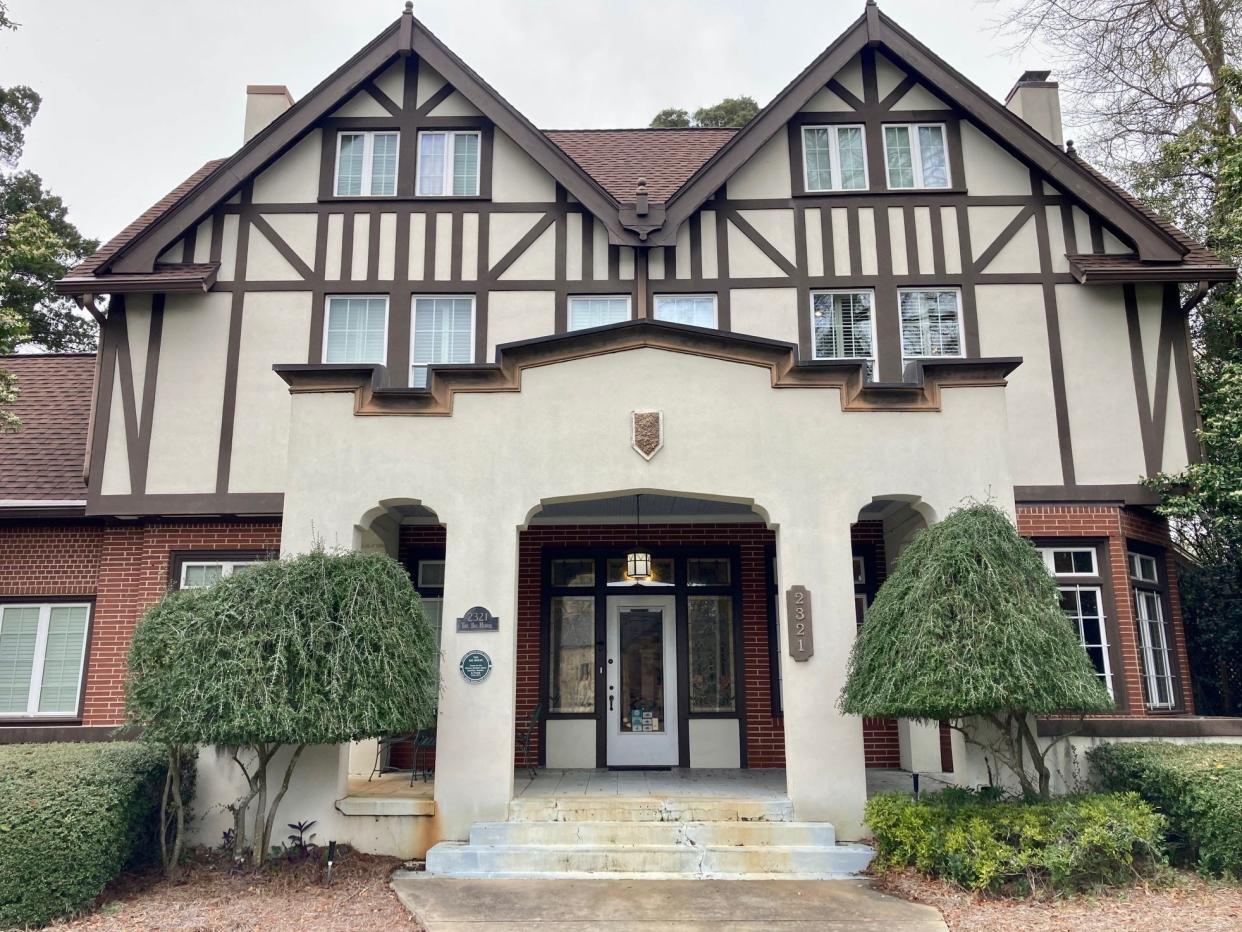
I’m in a complicated relationship with the Allman Brothers Band. My mom was not a fan and never minced her feelings toward the group. Once, “Midnight Rider” came on the radio during a long drive. I reached to turn up the volume, but she swatted my hand, insisting we weren’t listening to that. Instead, she popped Donna Summer’s “She Works Hard for the Money” into the car’s tape deck.
Years later, when I was 21 and had found my biological father living in Atlanta, I learned for a time he was a guitarist, had a motorcycle, and dearly loved the Allman Brothers. He told me about weekend camping adventures, late night parties, and a long road trip to Arizona in which the music of the iconic Southern rock band was quintessential soundtrack.
Which made it make sense. My mom disliked the music because it served as harsh reminder of the man who left her, their marriage, and infant daughter for multiple years of drinking and rambling across the South.
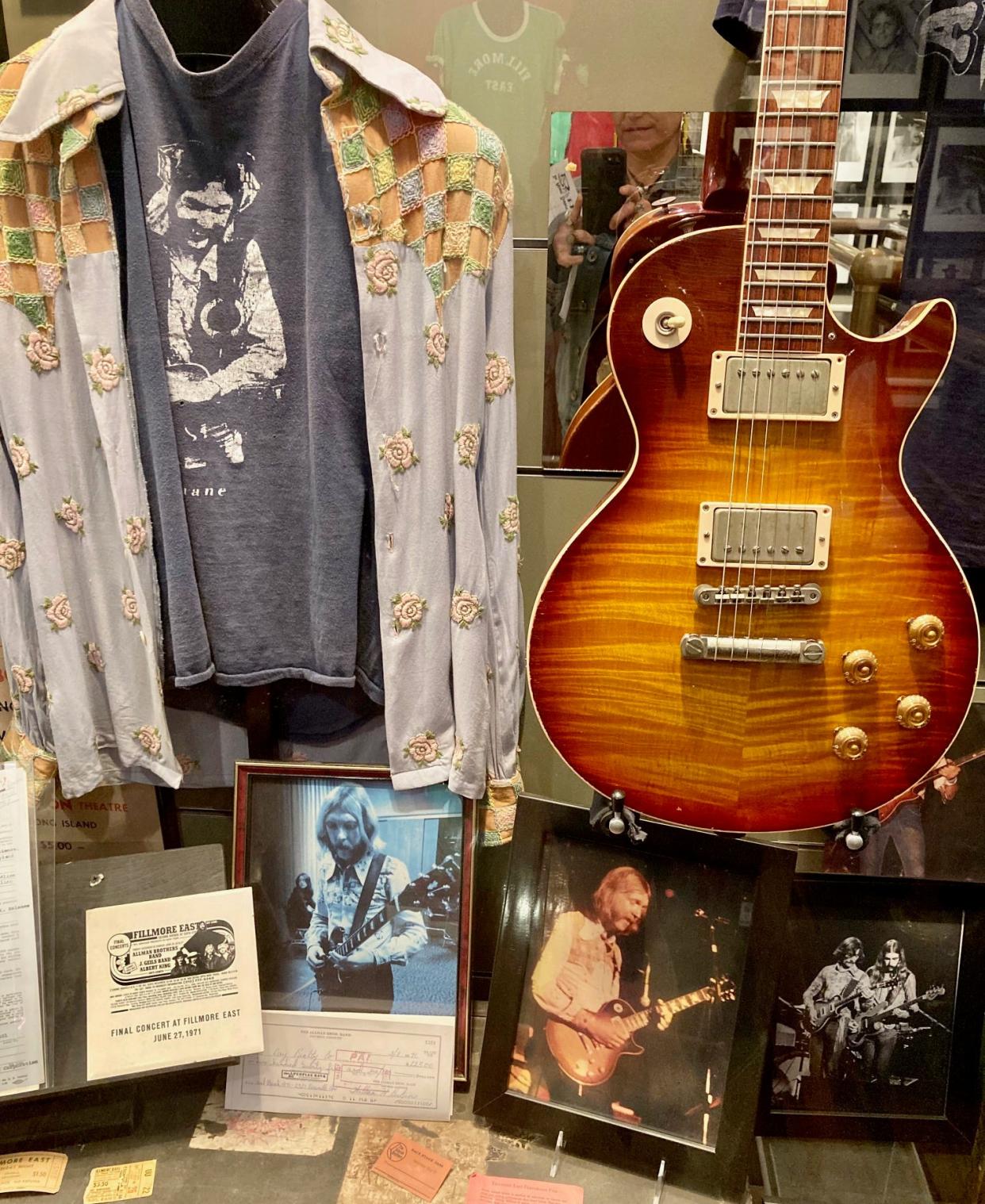
Rambling men
Several years after that tense car ride with my mom, I started singing and eventually playing guitar. The Allman Brothers Band then cut in a different way. Growing up in the mid-1980s in rural Indiana, classic rock permeated the radio waves, mostly with artists like Lynyrd Skynyrd, The Eagles, Bob Seger, ZZ Top and Allman Brothers, not so subtly conveying that American rock was predominantly male.
As a pre-teen and teenager, the Allman Brothers Band caught in my craw because, as a budding musician, I was beginning to see how a lot of music — with so much testosterone and machismo — seemed poised as an inaccessible boys’ club.
But in the late-1980s, artists like Melissa Etheridge, the Indigo Girls and Tracy Chapman came on the scene. My boom box had a cassette player, and I would record their songs from the radio whenever they came on. I could relate to this music, crafted by writers and musicians who seemed to understand and speak to my experiences as a young woman.
Flash forward to a few weeks ago when I had the opportunity to visit the Allman Brothers Band Museum in Macon. I had a Saturday night gig in nearby Barnesville, Georgia, and figured popping into the museum ahead of that evening’s performance would fit within my schedule.
And I wanted to go. I had a sense that in some way, after all these years, a visit would help me make peace with the complicated, uncomfortable layers the band had come to represent in my life.
After all, like these men, I’m a risk-taking creative, a writer, a musician — surely by learning more about them and their music our shared humanity would connect and reconcile.
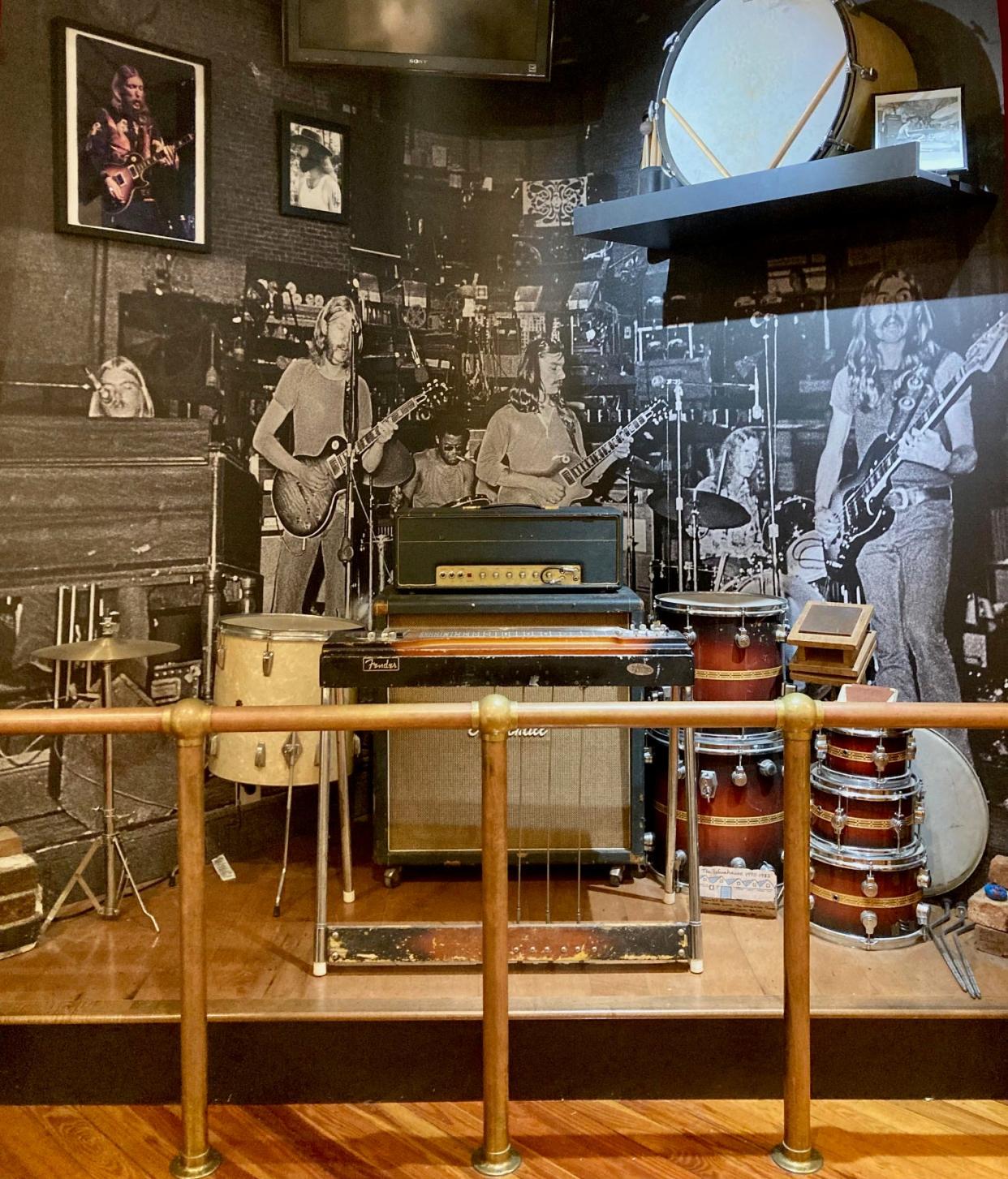
Where the Allman Brothers Band created their music
I left Savannah around 9 a.m. and arrived in Macon just before noon.
Once parked at the museum, I noted license plates on vehicles from Montana, Kentucky, Tennessee, Wisconsin, New York, New Hampshire, North Carolina, Virginia and Georgia, while inside, a range of people pored over the museum’s displays. Many were Baby Boomers, but I counted a few couples in their 20s with small children and an effervescent group of four middle-aged Korean American women.
Built in 1900, the two-story, 18-room Tudor Revival served as residence members of the Allman Brothers Band from 1970 to 1973. They lived, wrote and rehearsed with space enough to host their road crew, girlfriends and visiting musicians. Since 1993, their former home has been curated with all manner of memorabilia and a slew of instruments to convey the character and trajectory of the band.
The self-guided tour starts downstairs in what was their rehearsal space, and on one wall, black-and-white headshots highlight the band’s shifting members. Since 1969, 20 different musicians have contributed to the ensemble. Most I knew, like pianist Chuck Leavell, songwriter Warren Haynes, bassist Oteil Burbridge, and guitar prodigy Derek Trucks. But I didn’t know that Jimmy Herring of Widespread Panic and Col. Bruce Hampton played guitar with the group for a year, or that Allen Woody, one of the founders of Gov’t Mule, was the band’s bassist for almost a decade.
These far-reaching connections among diverse musicians no doubt further united fans across generations and genres of rock, blues and soul.
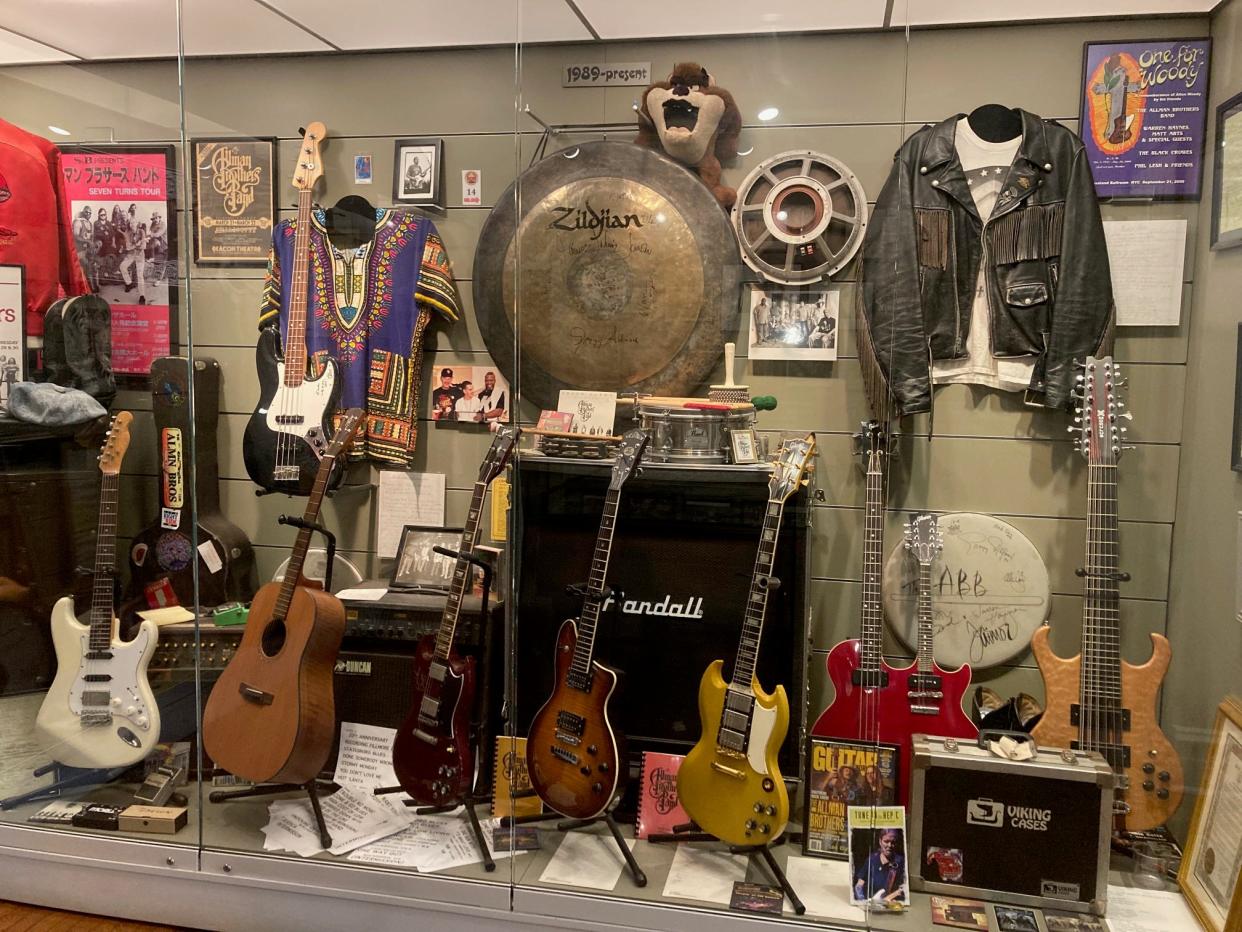
The band’s stage wear also caught my eye. More understated than over-the-top, the collection of vintage wear and hand-crafted leather belts give insight into the band’s penchant for restrained, detail-driven fashion. One stand-out is Duane Allman’s Western-style, blue button-up shirt with hand-embroidered roses. It’s sturdy in faded pastels, likely the only one of its kind, a metaphor of the man himself.
But most resonant is standing in spaces where revered songs were written. Downstairs near a bright set of bay windows, guitarist Dickey Betts wrote “Blue Sky,” a tribute to his then-girlfriend, an indigenous Canadian woman, Sandy “Bluesky” Wabegijig. It’s an up-tempo tune full of hope and love with guitar solos alternating between Betts and Allman that persist today with some of rock-and-roll’s most inspired riffs.
Betts also wrote “Ramblin’ Man,” the band’s most commercially successful song ― and my father’s favorite. Betts was 29 years old when he finished the lyrics at 4 a.m. in the kitchen of the Big House. Its ethos, largely autobiographical, draws from Betts’s father, who frequently moved the family from one coast of Florida to the other chasing construction work.
Rambling was in Betts’s veins, and this hit a nerve with my father, who, when the song came out in 1973, was 24, had lived most of his life in small town Indiana, and was just recently married. My father looked up to Betts, yearning for the kind of freedom an on-the-road musician seemingly had.
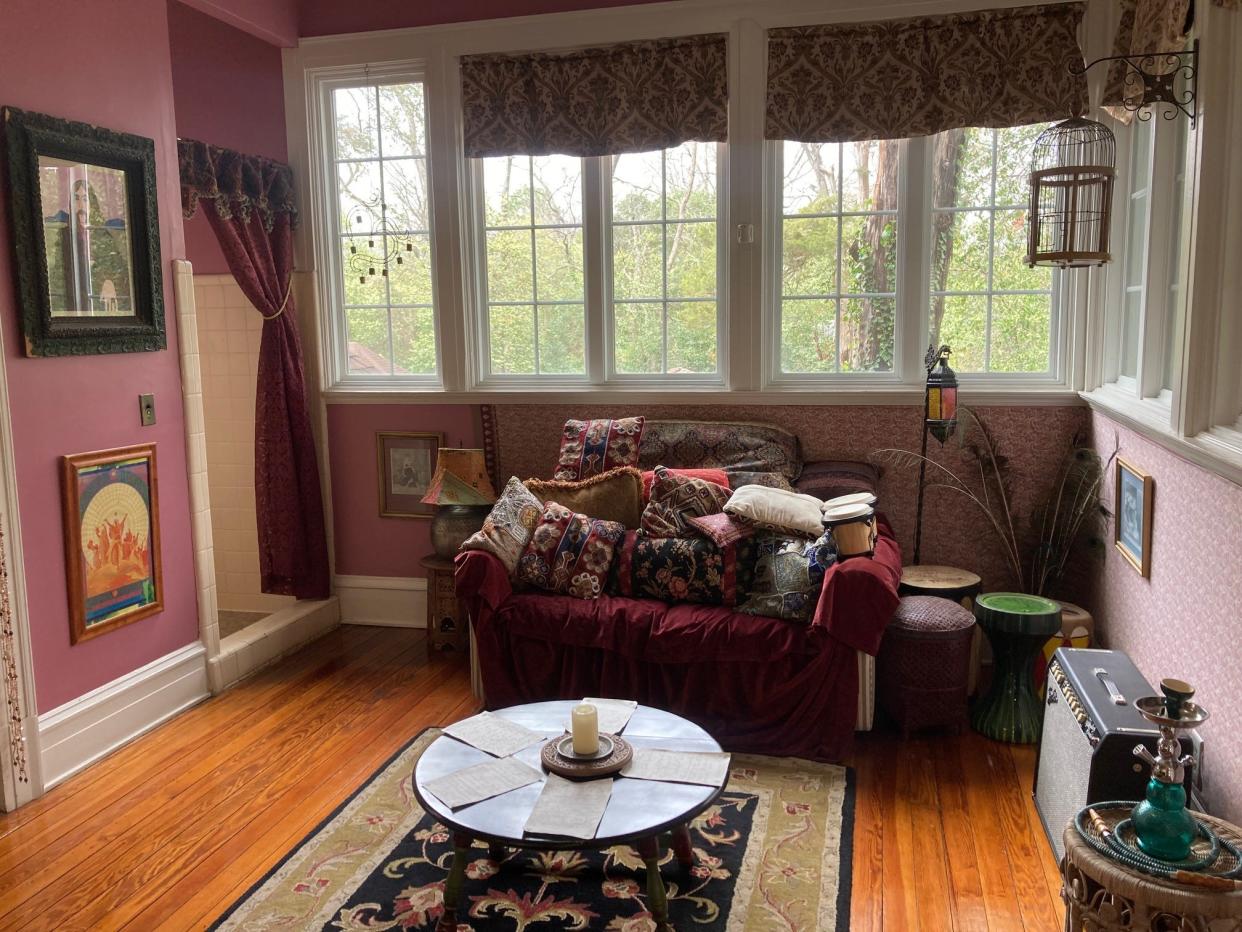
Standing in that same kitchen, I could understand how and why this song inspired my father to buy a motorcycle and venture out into the world to play music and travel. Young and newly married in the middle of the freewheeling 1970s, I could see the dilemma—that what he desired was opposite of what was expected of him in his circumstances. He was uncomfortably pinned beneath the dictates of gender and cultural expectations.
Yet, he stayed married nearly eight years before finally rambling on and disappearing for nearly two decades.
On the landing between the floors of the house rests the final image of Duane Allman. On October 29, 1971, Allman stopped by the Big House for a brief birthday celebration. Before climbing on his motorcycle to leave, he paused to hug his girlfriend, Dixie Meadows, and someone snapped a photo of their happy embrace. Less than half an hour later, Allman lost control and skidded 50 feet on pavement trapped beneath the bike. Allman died later that night at age 24, leaving behind his 2-year-old daughter, Galadrielle.
I lingered upstairs in the Casbah Room, a welcoming space with big windows and lavender walls, pausing to take it all in. In many ways the visit was exactly as anticipated — difficult, rife with introspection, and ultimately cathartic.
The history and lived experiences of the band members parallel parts of my life and shed light on the murkiness of sensitive family dynamics. My father’s shortcomings as a young man are obvious. Moving beyond them, the challenge is genuinely embracing those past shortcomings with empathy. Even though they are very painful, their origins have nothing to do with me. The task is being able to step back to see and understand all dynamics in play then proceed with empathy.
Luckily, I didn’t lose my father in a tragic motorcycle crash, and I have a better sense of who he is now as someone who has overcome very, very dark nights of the soul and lives in this world with greater compassion.
Back downstairs, a 20-something couple clad in tie-dyed mushroom t-shirts marvels over some of the instruments and gear in the rehearsal space. Their young daughter has crawled through the brass baluster and is touching a stack of drums on the floor. The father swoops in and scoops her up. Surprised by his swift motion, she unexpectedly laughs, and her dad holds her in a tight hug.
And I smile. Yes, my relationship with the Allman Brothers Band still has its complications, but I understand, and I see. I see blue sky. And embrace it.
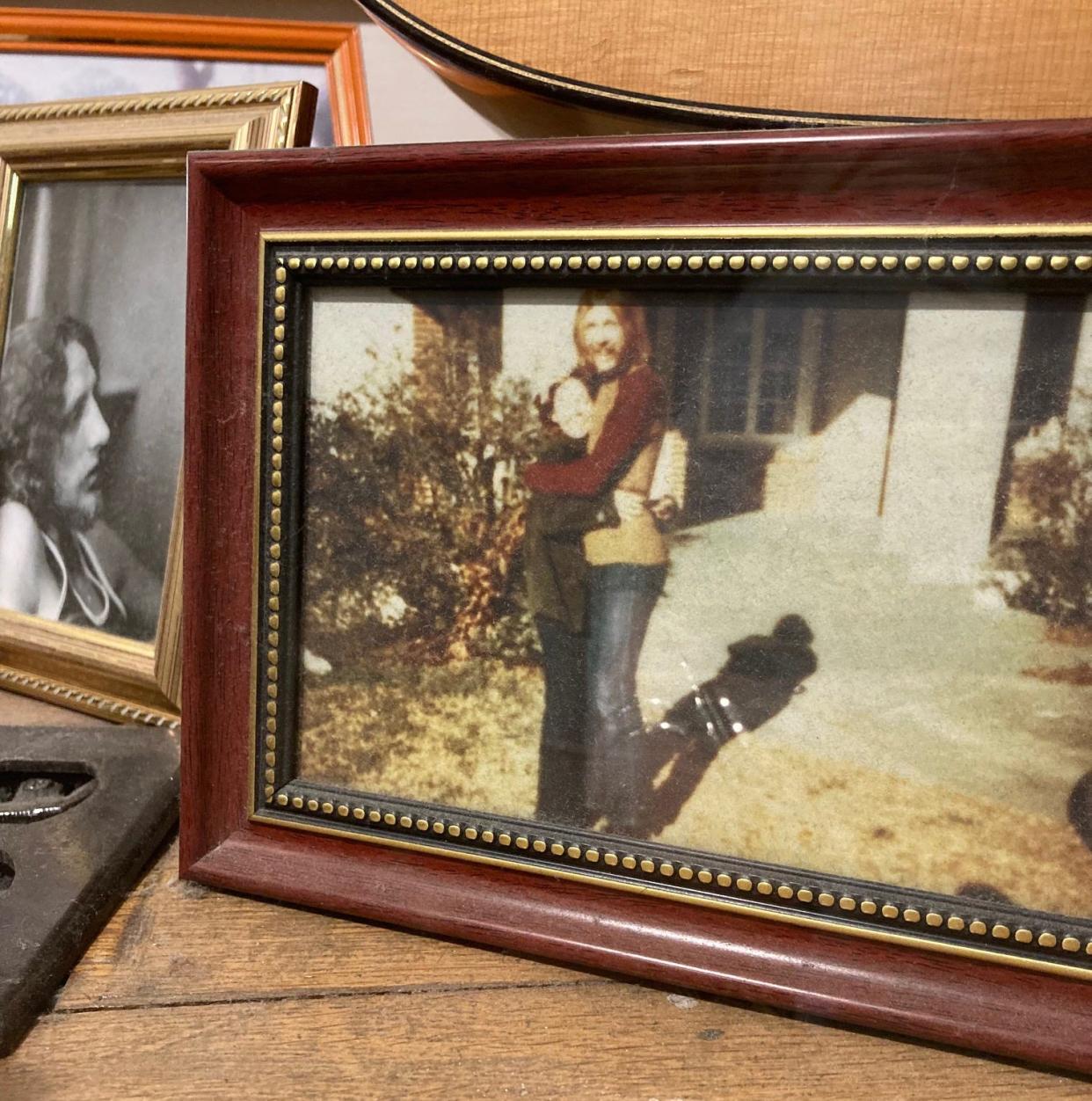
Josephine Johnson is a freelance writer and traveling musician. She contributes regularly to Savannah Morning News and performs in a loop of resorts, wine bars, restaurants, and vineyards from Savannah to North Georgia. Josephine has an MA in English from CalPoly Humboldt in Northern California. josephinejohnsonsings.com
This article originally appeared on Savannah Morning News: A short drive from Savannah to Macon is the Allman Brothers Band Museum